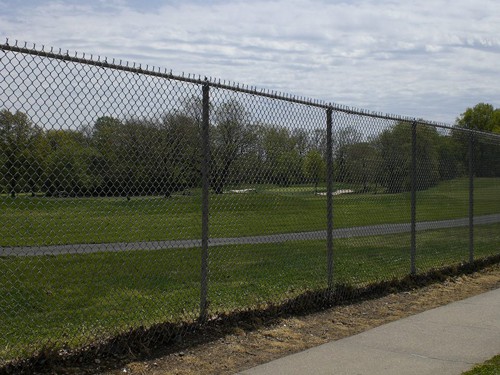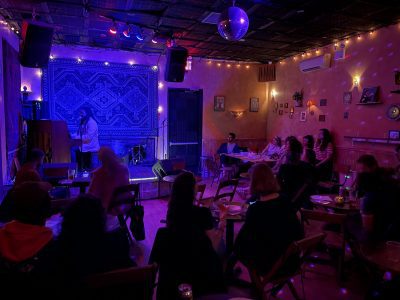Get Golf Courses Out of Brooklyn


Today, DNAinfo has the best 18 holes of golf in the city’s public courses, including several in the two courses in Brooklyn, but how about this instead—how about no golf in the city? Tucked away behind Fort Hamilton (the military installation), Dyker Beach Park, the vast majority of which is a golf course, occupies 217 acres of land; within the enormous Marine Park, 210 acres have been set aside for golf. For comparison, the sprawling Green-Wood Cemetery, one of Brooklyn’s largest green spaces, takes up 478 acres; Governor’s Island is 172 acres. In fact, after the borough’s largest open spaces—Prospect Park, Green-Wood, Marine Park/Floyd Bennett Field, the network of parks that make up Shore Parkway—these two golf courses are far-and-away the next largest parks in the borough. The vast majority of other parks don’t come anywhere close.
Who uses these courses? New York City-specific demographic information doesn’t exist for golfers, but nationally, golf is played primarily by men aged 40-60; the average household income is $95,000, and close to 80 percent have a net worth of $100,000 or more, according to the National Golf Foundation. This confirms what you ought to have already known: golf is a sport for better-off old white men. If we turned those golf courses into public multi-purpose parks, we’d open up almost a Green-Wood’s worth of new green space in a borough that could really use all the access to open space it can get. In New York, space is hard-to-find; why do we dedicate so much of it to the recreational pastimes of a moneyed class? (Ha, does that really need to be answered?)
While actual statistics about city golfers might not be readily available, we can make inferences based on the costs involved. Golfing at a public course requires not just access to a set of clubs; you also need a $6 golf permit, $39-$48 for 18 holes (depending on the day of the week), $37 to rent a cart, plus more fees for registration, parking, lockers and more. A Saturday afternoon at the course isn’t a luxury many New Yorkers would find it easy to afford.
What if there were no golf in Brooklyn? There are three courses in The Bronx, four in Queens, and three in Staten Island, plus many more driving ranges scattered throughout the five boroughs. Connecticut has many public golf courses; New Jersey has many more. A few more dollars in tolls and gas isn’t an unreasonable request of the golfing class in exchange for reducing the number of courses in the city and giving that land back to the people of the city—all the people, not just an elite few.
Follow Henry Stewart on Twitter @henrycstewart
You might also like 




















